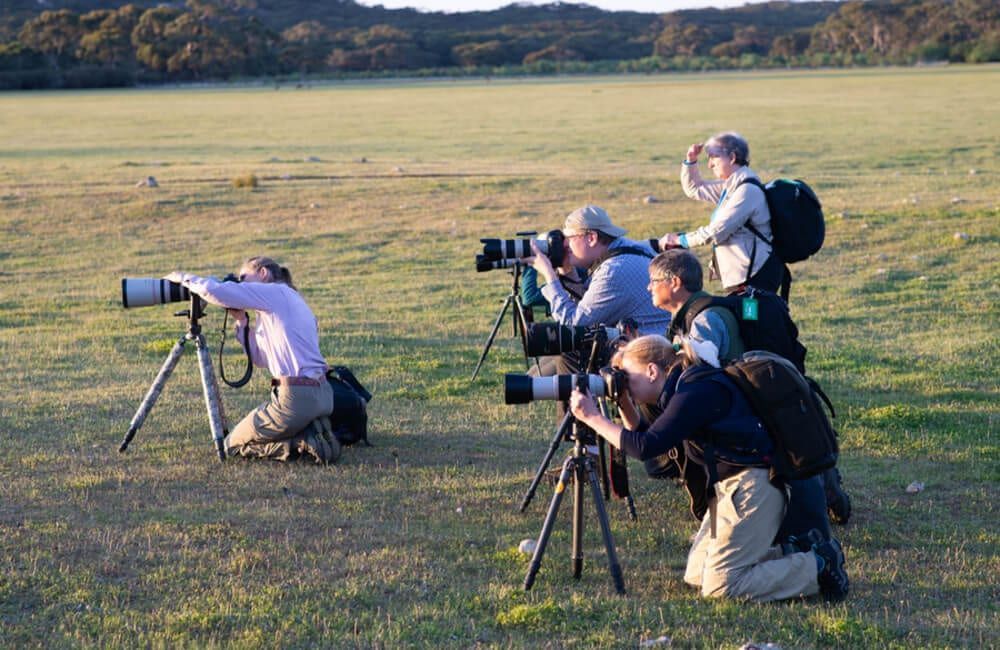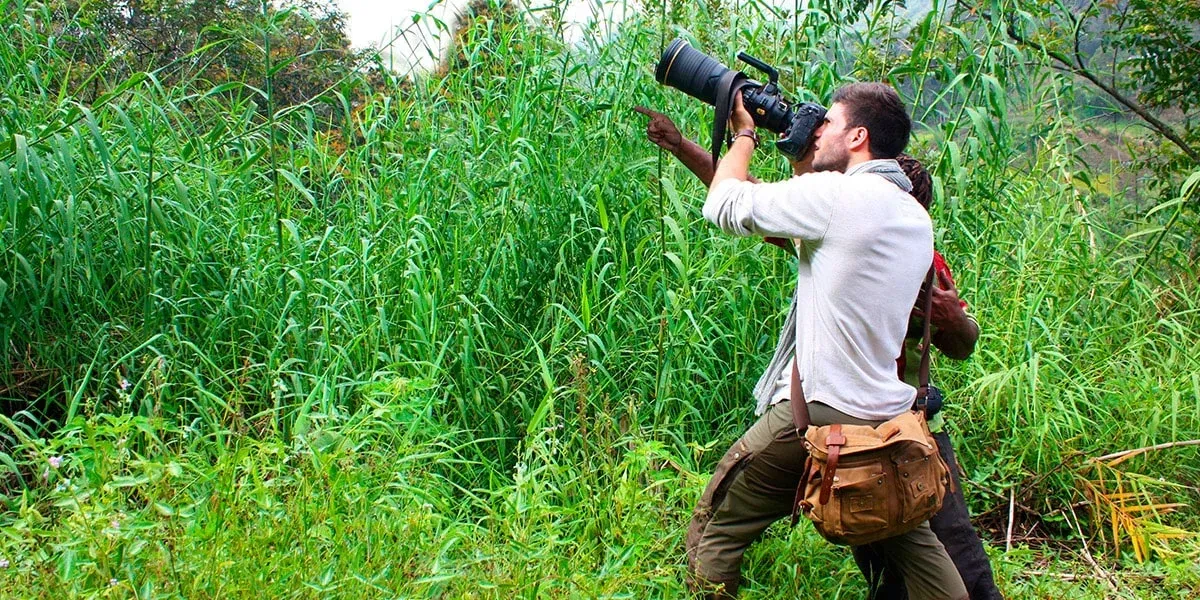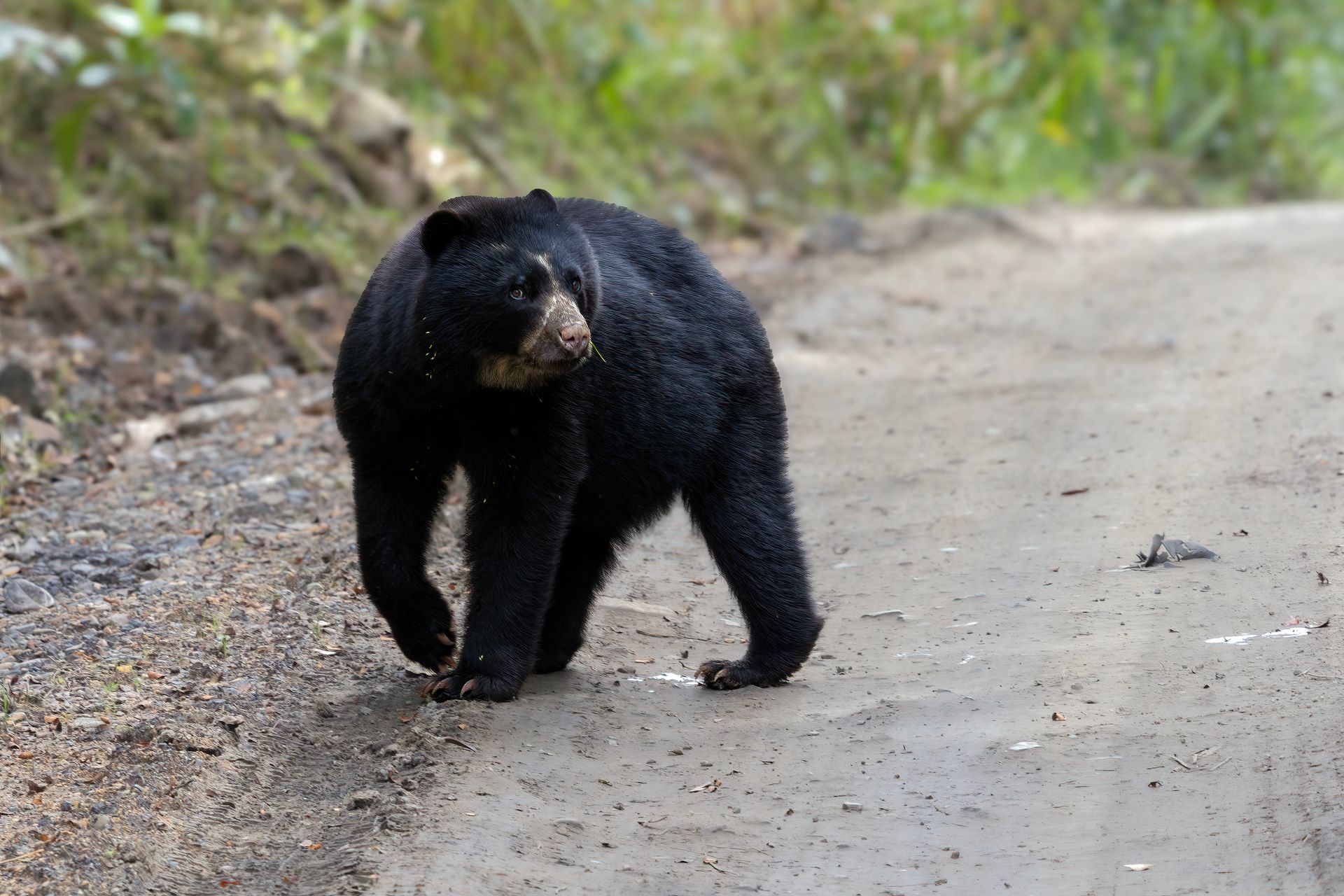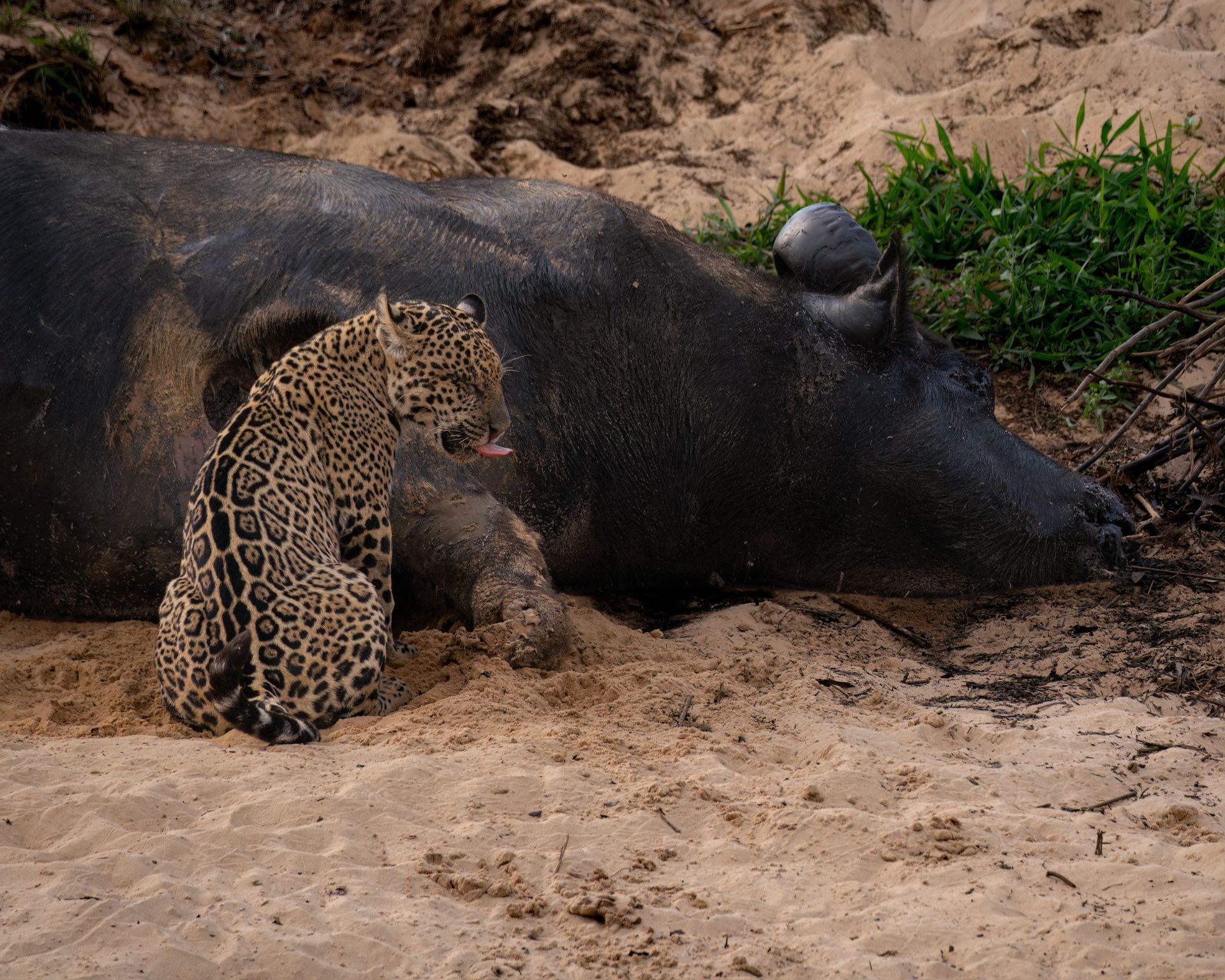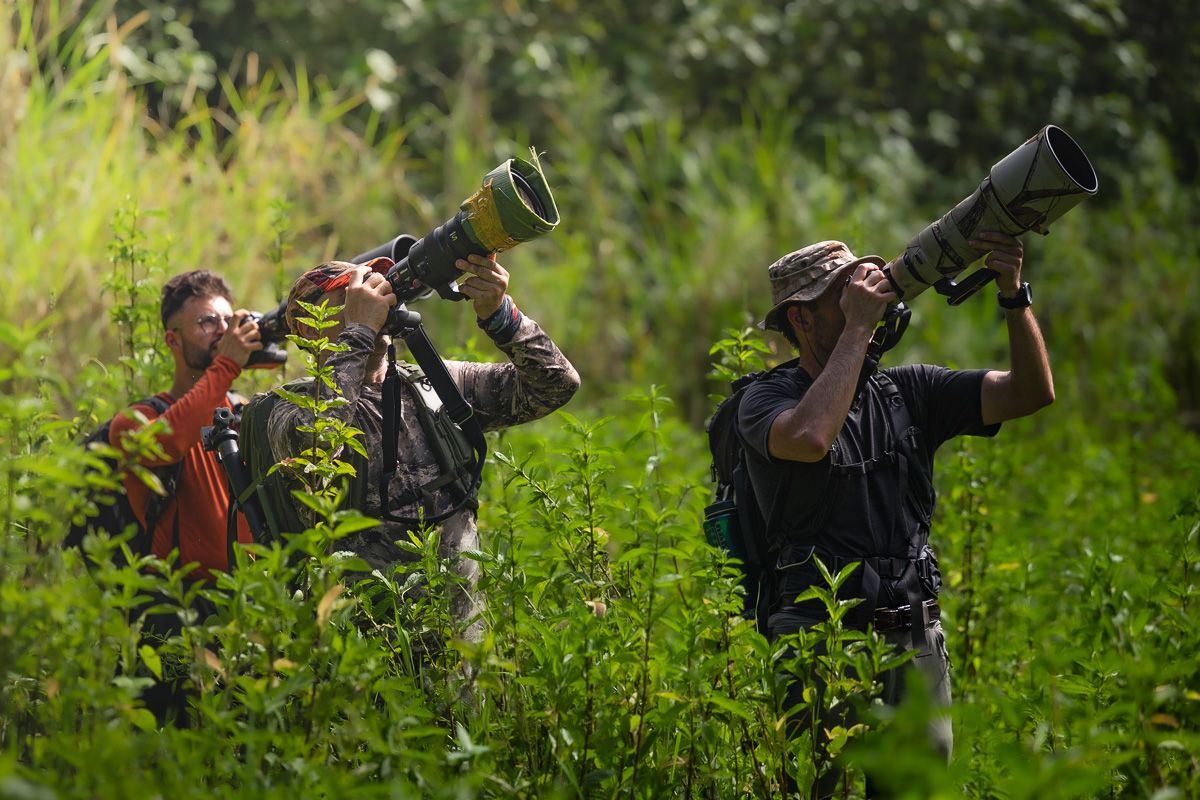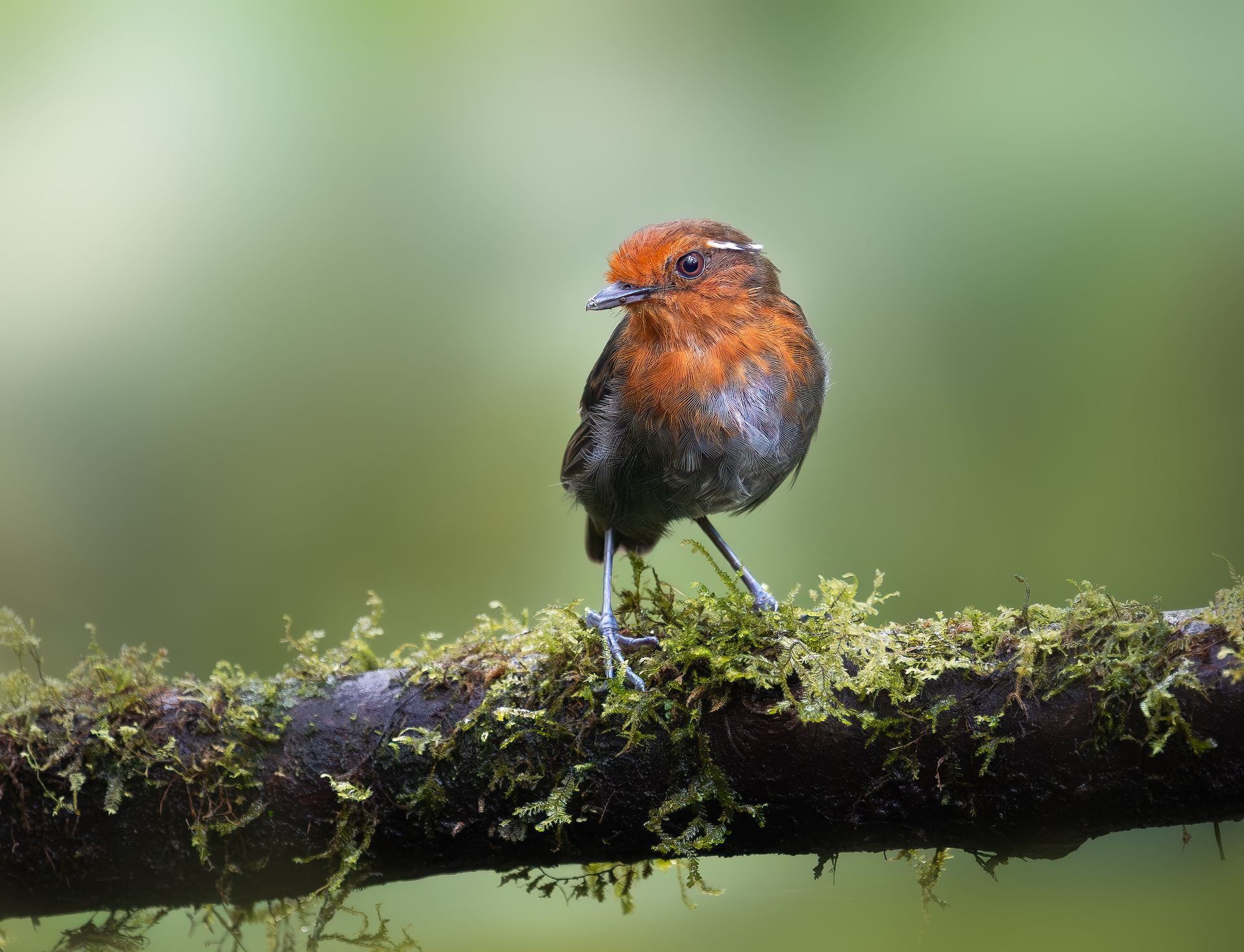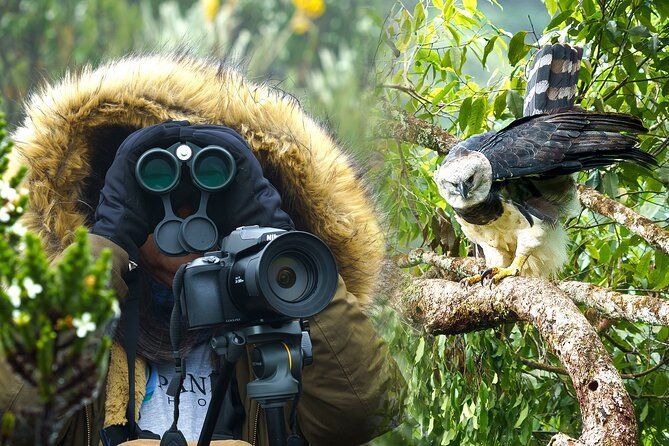How to Protect Your Photography Gear in Humid Environments
How to Protect Your Photography Gear in Humid Environments
For photographers, few things are more exciting than exploring rainforests, wetlands, or tropical landscapes filled with vibrant wildlife. But as beautiful as humid environments are, they can also be harsh on your gear. Cameras, lenses, and accessories are sensitive to moisture, and without proper precautions, you risk foggy optics, electrical malfunctions, and even long-term damage from mold and fungus.
This guide will walk you through practical strategies for protecting your photography gear in humid environments, ensuring that your equipment stays safe and functional while you focus on capturing incredible images.
1. Understanding the Challenges of Humidity
Before diving into solutions, it’s important to understand how humidity affects gear:
- Condensation: Moving from a cool, air-conditioned room to a hot, humid outdoors can cause lenses and sensors to fog.
- Fungus and Mold: Lenses and viewfinders are vulnerable to fungus growth in damp conditions.
- Corrosion: High humidity can cause metal parts, screws, and circuits to corrode over time.
- Battery Drain: Heat and moisture combined can shorten battery life.
Knowing these risks helps you take proactive steps instead of reacting to problems later.
2. Invest in Weather-Sealed Gear
If possible, choose cameras and lenses with weather sealing. Many modern DSLRs and mirrorless systems, especially professional-grade models, are designed to resist dust and moisture. While not waterproof, weather-sealed equipment can withstand light rain and humidity better than non-sealed gear.
3. Use Silica Gel Packs
One of the simplest and most effective ways to combat humidity is by keeping silica gel packs in your camera bag. These absorb excess moisture and help maintain a drier environment inside your bag.
- Replace or recharge packs regularly by baking them in the oven (as directed).
- Use multiple packs if shooting in very damp regions like cloud forests or mangroves.
4. Store Gear in Dry Cabinets or Airtight Containers
When you’re not shooting, store your equipment in a dry cabinet, airtight plastic container, or Pelican case with desiccants inside. This prevents long-term moisture exposure, especially important in tropical climates where humidity remains high year-round.
5. Protect Gear During Sudden Rain
Tropical climates often bring unexpected downpours. Always carry:
- Rain covers designed for cameras and lenses.
- A lightweight dry bag or waterproof backpack.
- A plastic bag or shower cap as a quick emergency solution.
Being prepared saves you from scrambling when the rain starts.
6. Manage Condensation When Changing Environments
Condensation often occurs when moving from cold to hot environments. To minimize this:
- Seal your gear in a plastic bag before leaving an air-conditioned space. The condensation will form on the bag instead of your lens.
- Allow your equipment to acclimatize slowly before use.
7. Use Lens Hoods and Filters
A lens hood not only blocks glare but also provides extra protection against drizzle and moisture droplets. Adding a UV or clear filter can keep water off the front lens element and make cleaning easier.
8. Keep a Cleaning Kit Handy
Humidity often brings foggy lenses and dirty optics. Always carry:
- Microfiber cloths
- Lens cleaning solution
- Blower brush
Regular cleaning prevents buildup of moisture and dust that could encourage fungus growth.
9. Monitor Battery Care
Batteries can discharge more quickly in humid and hot environments. Tips to manage them:
- Carry spares and keep them in sealed plastic bags with silica packs.
- Avoid leaving batteries in direct sun or overly damp areas.
10. Don’t Forget About Yourself
Protecting your gear also means protecting yourself so you can keep shooting comfortably. In humid regions, always pack:
- Insect repellent
- Breathable clothing
- Waterproof pouches for personal items
A comfortable photographer takes better care of their gear.
Final Thoughts
Shooting in humid environments like Colombia’s Amazon, Costa Rica’s rainforests, or Southeast Asia’s mangroves can be a dream for photographers. But the same lush, damp atmosphere that supports incredible biodiversity can wreak havoc on delicate photography gear if you’re unprepared.
By investing in weather-sealed equipment, carrying silica packs, storing gear in dry conditions, and managing condensation, you can keep your camera safe and focus on what matters most: capturing unforgettable moments.
With preparation and the right protection, humid environments don’t have to be a threat—they can be the backdrop for some of your most stunning photography adventures.



